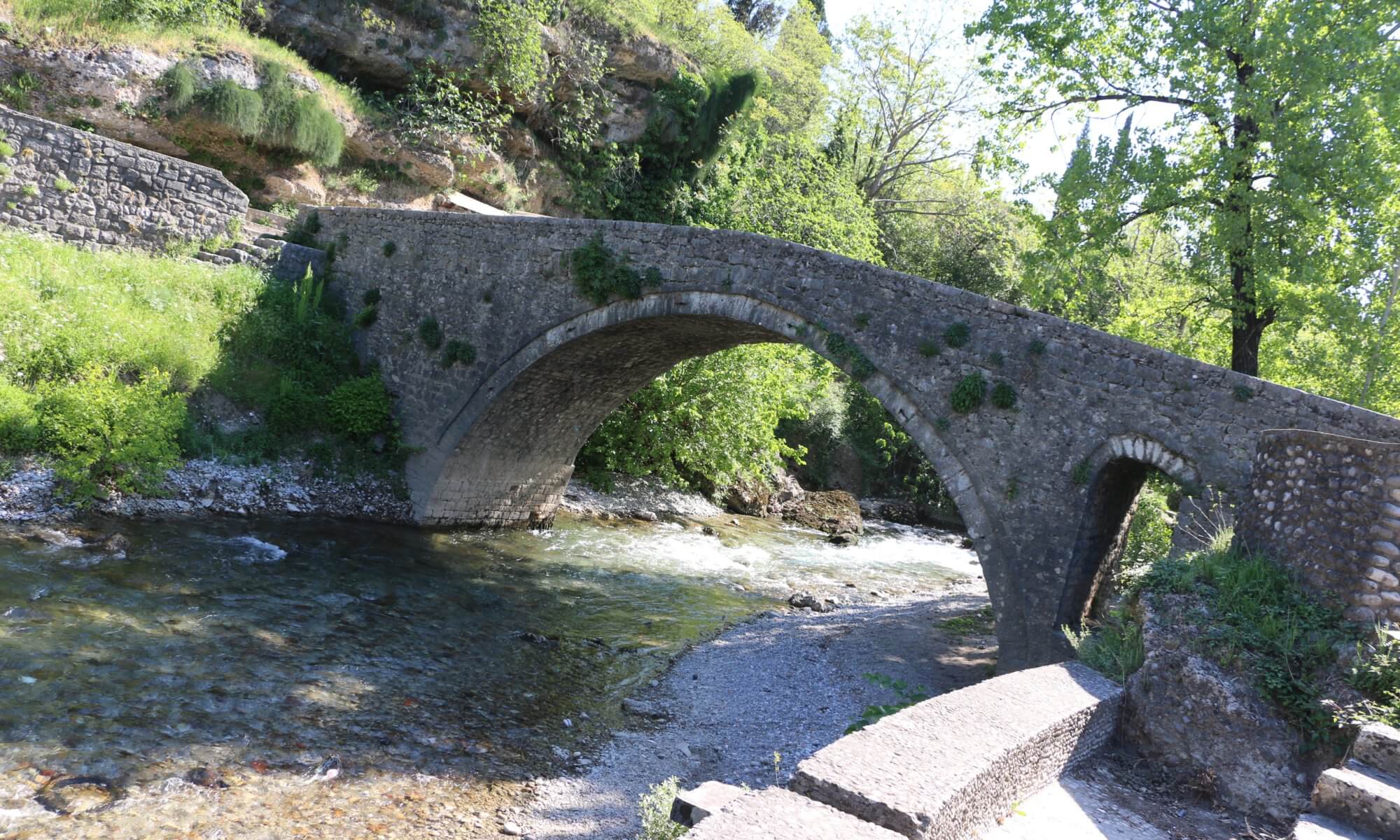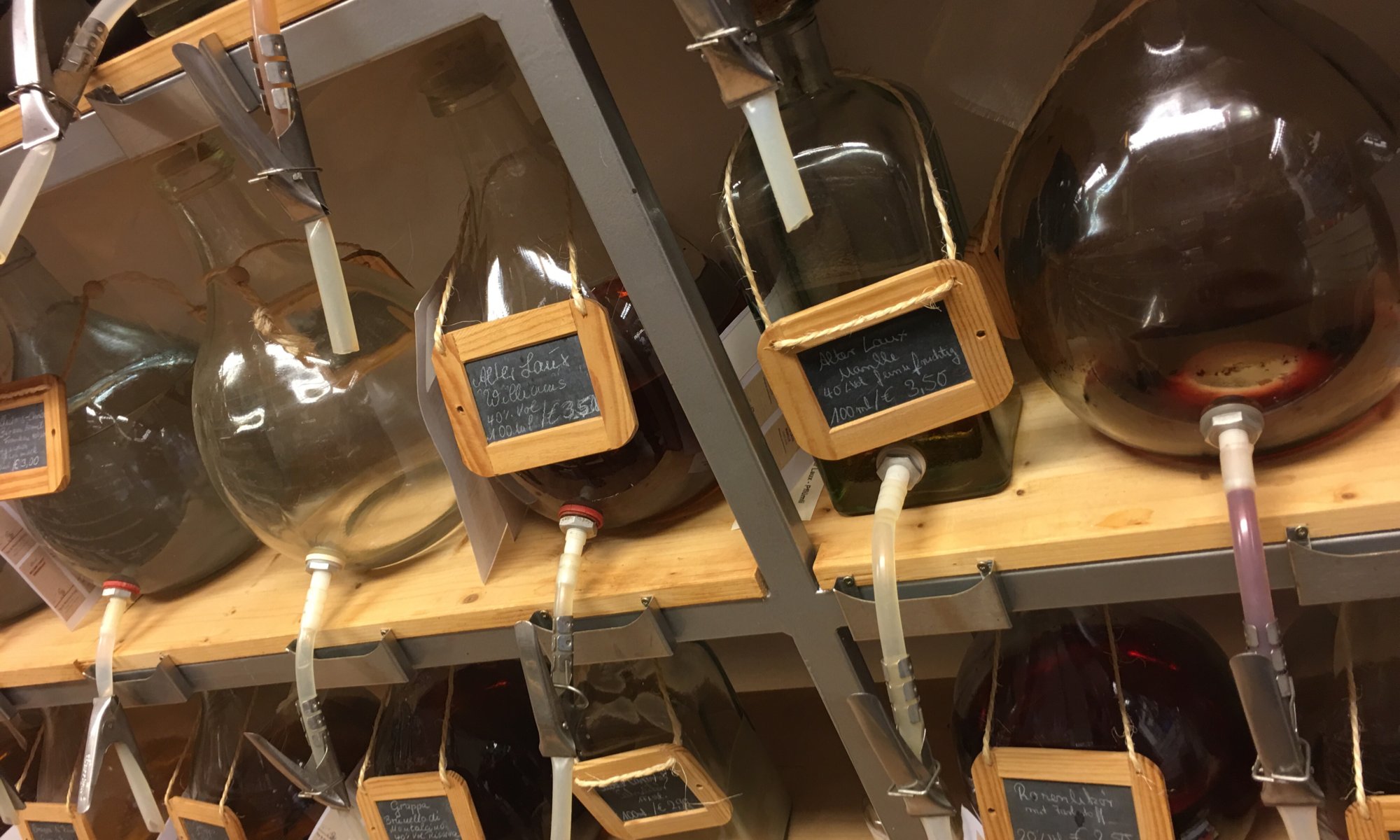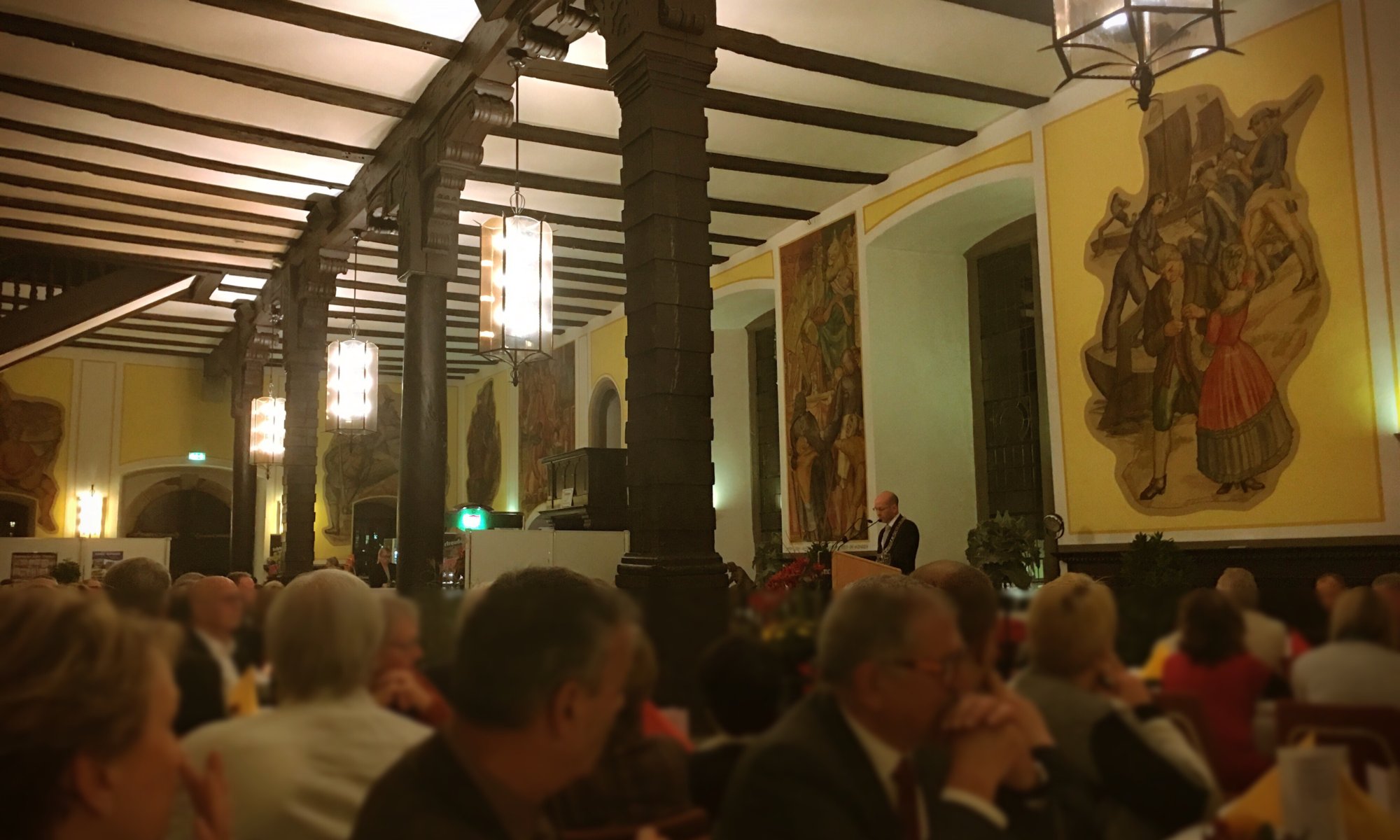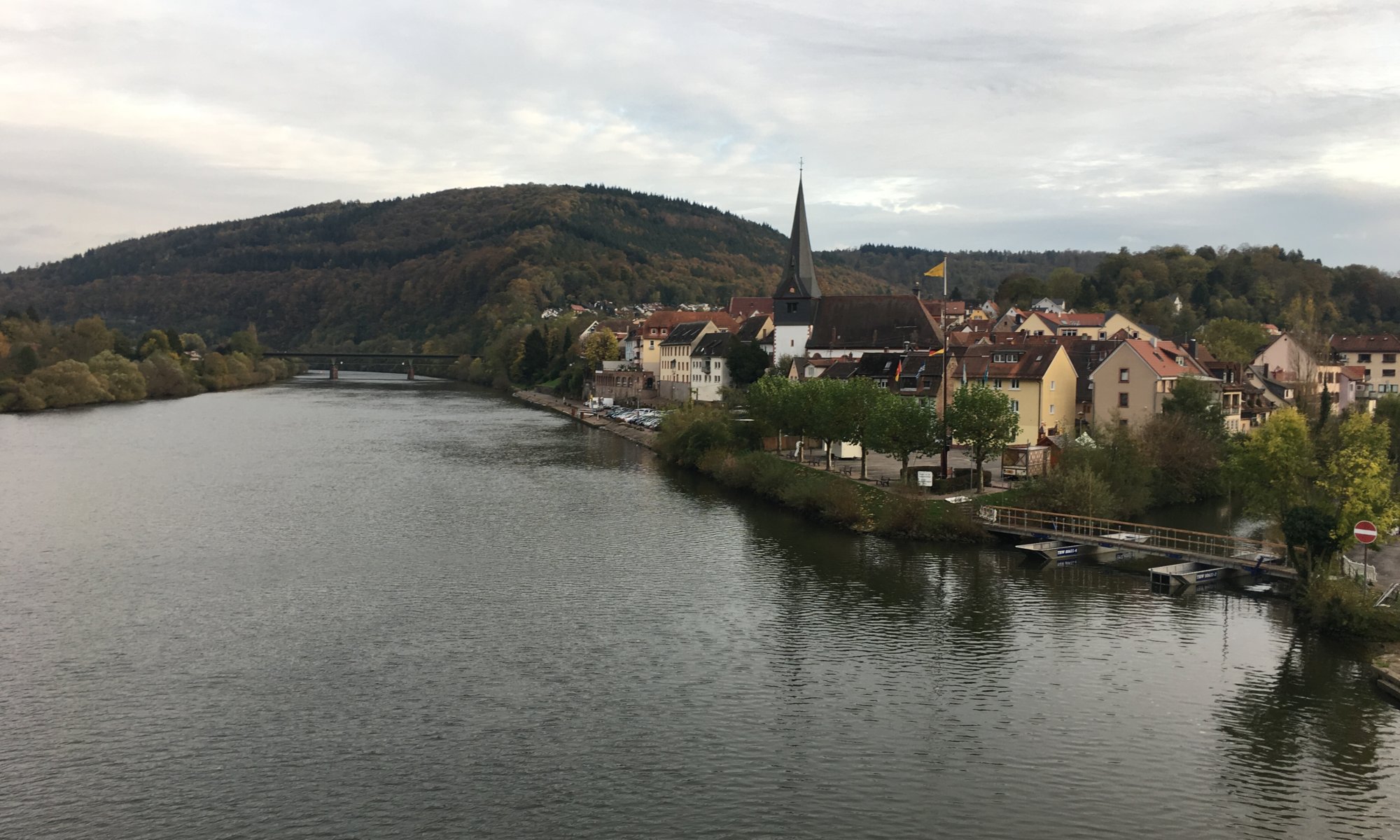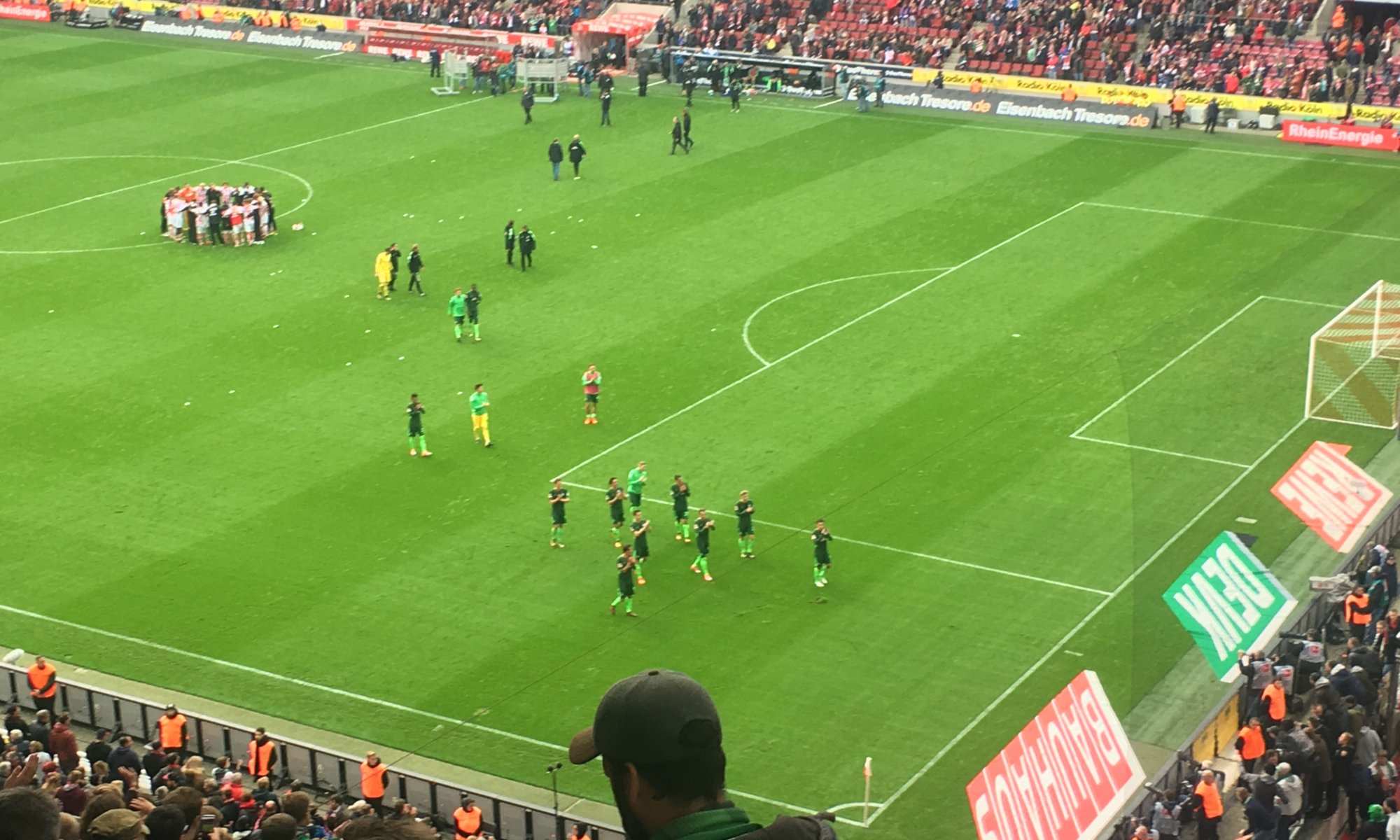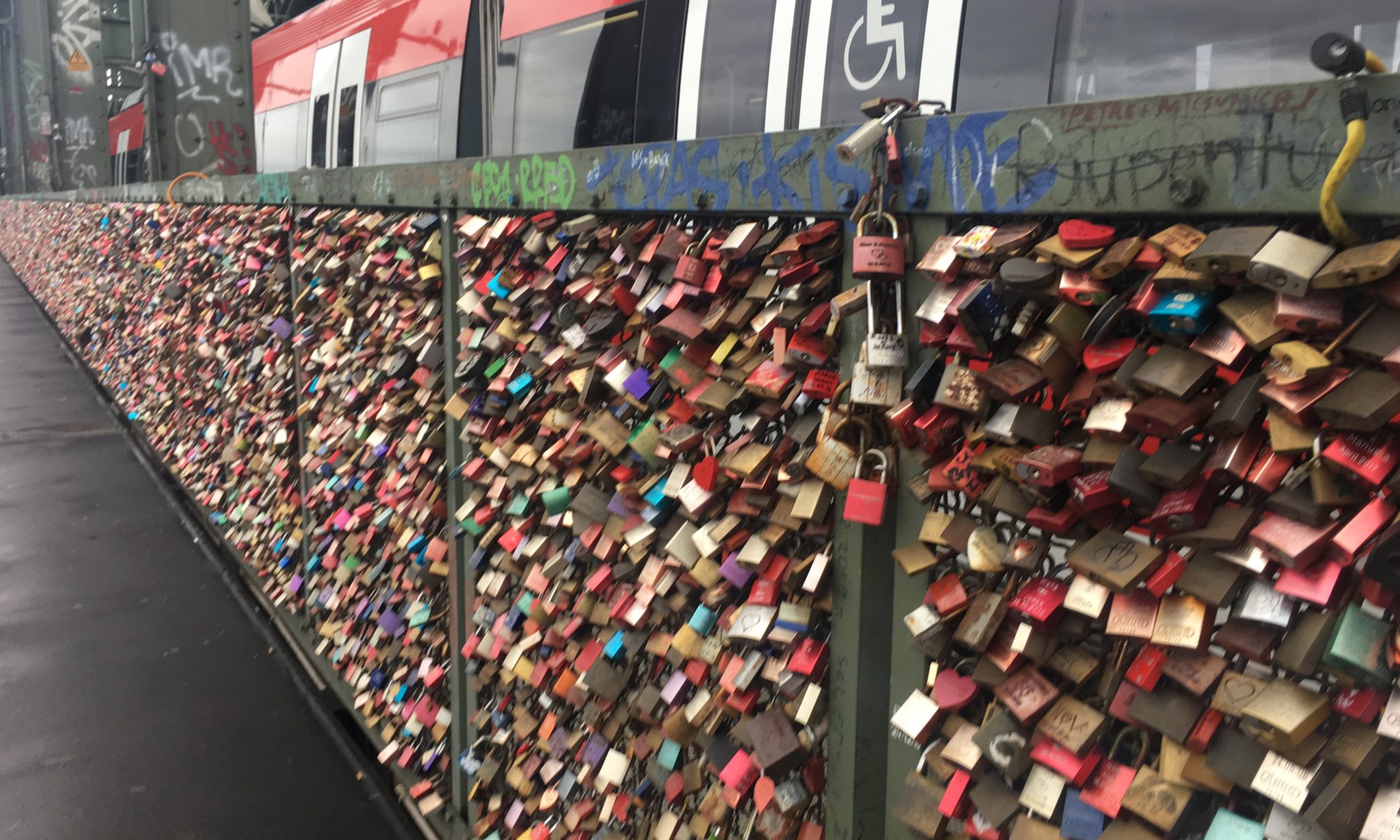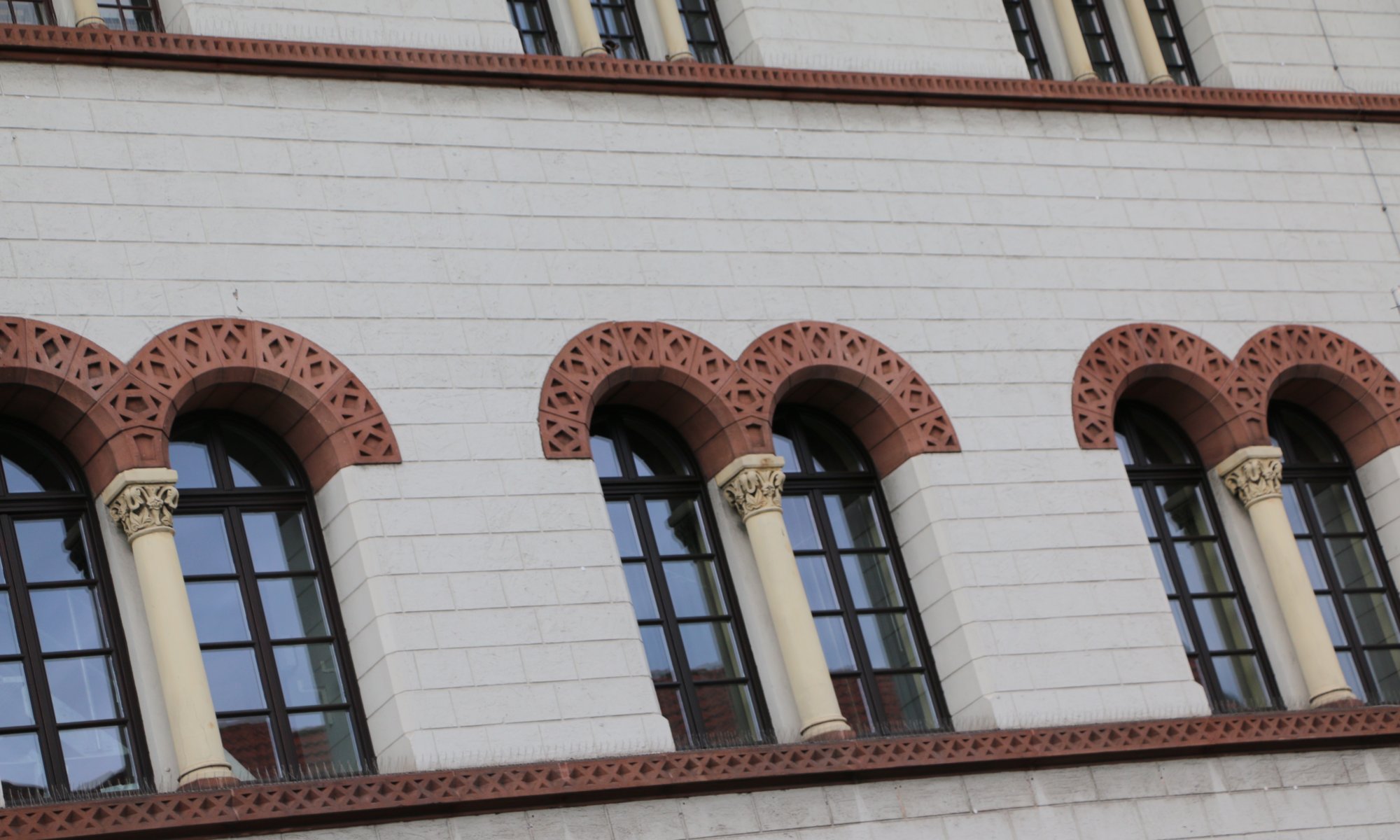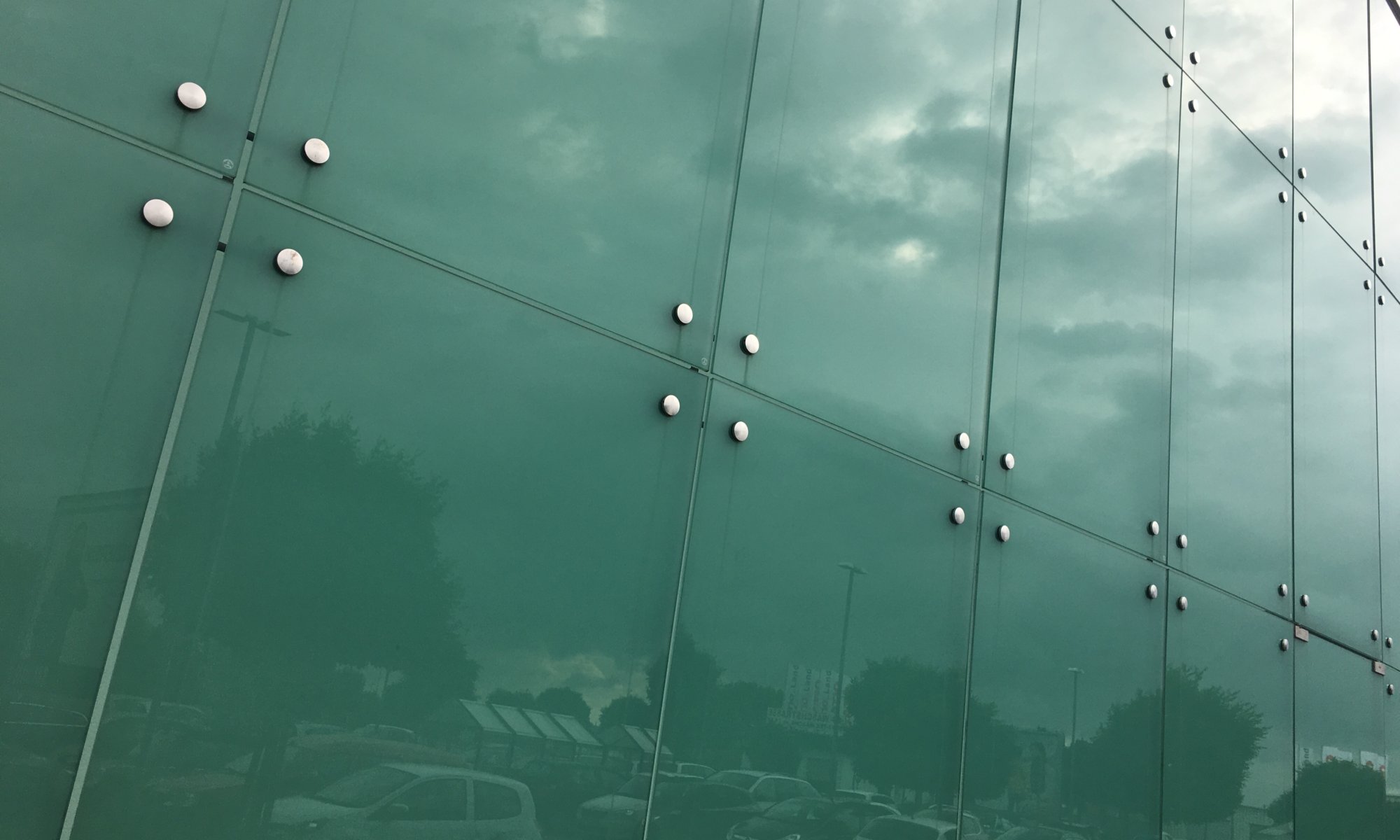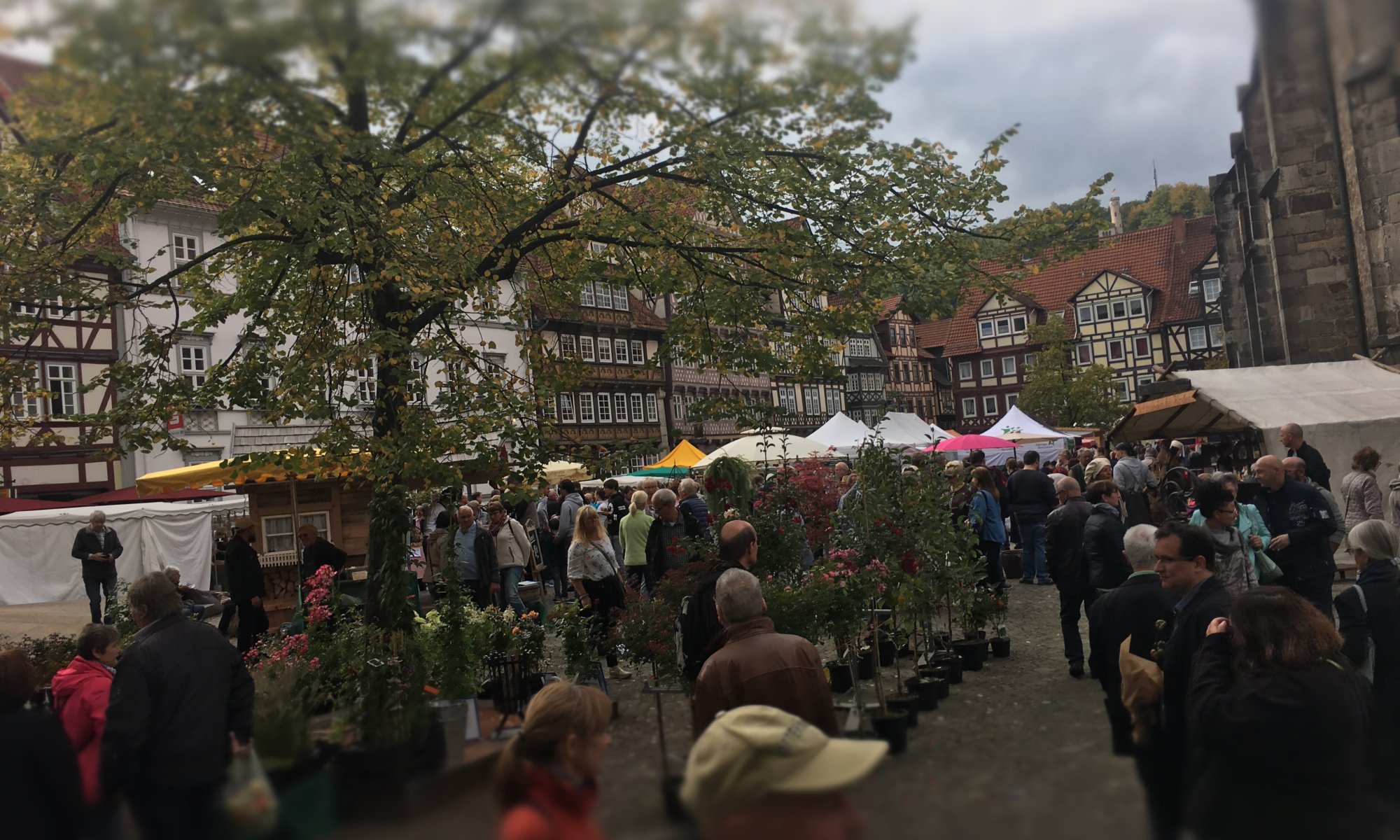If you want to buy presents in Hann. Münden, Germany then the Tee & Weinhandel Beuermann is a good choice. It is a very narrow shop in the center of Hann. Münden close to St. Blasius and the town hall. Most people know it because they put a miniature railway and a loudly snoring Santa Claus into their shop window in the weeks before Christmas. Continue reading “Gourmet temple”
Stapelmahlzeit
The city of Hann. Münden, Germany was once an important trading city and the richness gained in these times is still visible through the wonderful buildings in the city center. This situation roots back to the year 1247 CE when the city received the so called Mündener Stapelrecht from duke Otto I. Continue reading “Stapelmahlzeit”
Supersonic
I can’t remember why we started to talk about the supersonic plane Concorde – but after I stated that there is one of these planes in Sinsheim, Germany we immediately searched for an opportunity to travel there and our youngest one started to count the days. As a homebase I booked an away home in the beautiful Schilderhäuschen in Neckargemünd close to the river Neckar. Continue reading “Supersonic”
Matchday at Cologne
I wanted to support my team in the hard fight of achieving the first victory in the current Bundesliga season. Therefore I ordered a ticket for the away game of the SV Werder Bremen against the 1. FC Köln. In this season they have split up the match days much more – to get more money from TV rights. The match was therefore on 1:30 pm Sunday and I had enough time to explore Köln, Germany. Continue reading “Matchday at Cologne”
Getting around in Cologne
You will find a confusing public transport network in Köln, Germany. S-Bahn trains, tramways that become subway trains and busses form a complex network with a limited number of hubs like the Neumarkt. Maybe I should have tried to learn the network map by heart; I only reached my destinations by calculating routes in mobile apps. Continue reading “Getting around in Cologne”
Exploring Kaiserslautern
Once a year I like to explore cities I normally wouldn‘t get to. To see the touristic highlights, to walk through the streets and feel the atmosphere and gain new insights. I did so with Erfurt and Jena in the last years and was always surprised how wrong my image of the city was. This time I took my wife to Kaiserslautern, Germany. Who would go there? Close to Germany’s smallest federal state – the Saarland, not far away from France and Luxemburg? Continue reading “Exploring Kaiserslautern”
Fruchthalle
The Fruchthalle in Kaiserslautern, Germany is a former crop marketplace built using the plans of August von Voit from 1843 to 1846. Voit later became well known by designing the Neue Pinakothek in München, Germany. The Fruchthalle was created in Italian renaissance style, is well preserved and can be found close to the city center. It is today used for concerts and other events. Continue reading “Fruchthalle”
Shopping city
People love shopping malls. It is a phenomenon that swapped over from the United States and was for a long time unknown to me. Living in the city center in Göttingen, Germany I had every necessary shop around me. Nowadays I like to explore those large complexes with its different shops on several levels and the collection of small restaurants in food courts. Continue reading “Shopping city”
Bavarian timeout
Over time friends move and sometimes you loose contact. That’s often because life changes and sometimes because your friends get out of distance for a day trip. Some of our friends moved to München, Germany which is only reachable from Germany if you stay overnight. And the long journey only makes sense if you stay some days. That is why we planned a trip to Bavaria in a our autumn holidays. Continue reading “Bavarian timeout “
Herbst- und Bauernmarkt
I‘ve never seen the city center of Hann. Münden, Germany crowded like this. Thousands of people were trying to find their way to the farmers‘ market surrounding the church St. Blasius. Every parking lot in and around the city was blocked, cars were also parking along side streets quite far away from the city center. Since some years the Herbst- und Bauernmarkt is one of the main attractions of the town. Continue reading “Herbst- und Bauernmarkt”
